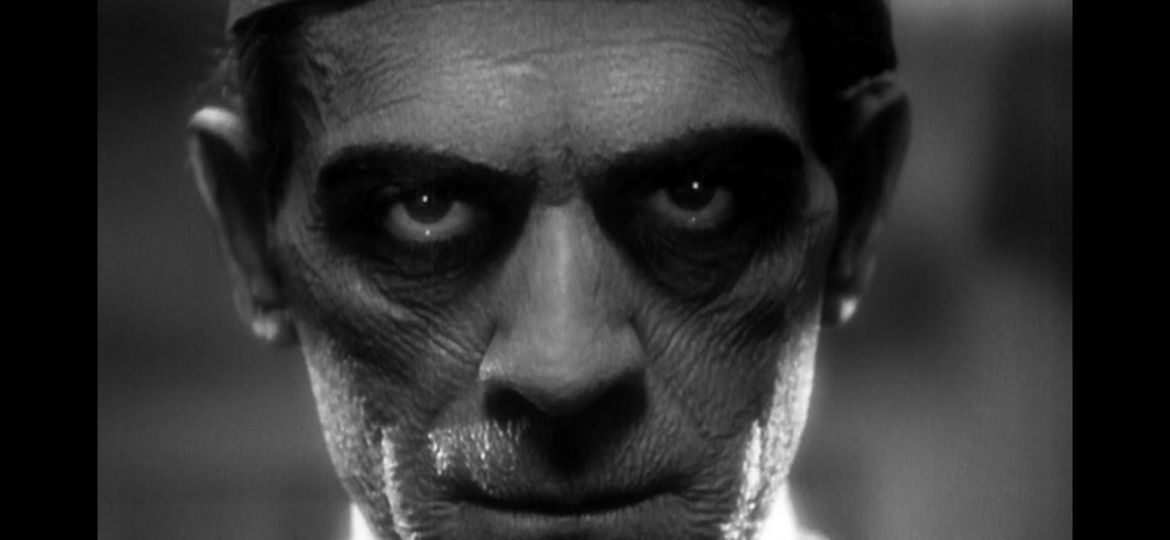
Our first week of Shocktoberfest is just about in the books, and today’s lucky #7 is yet another classic movie monster from Hollywood’s golden era: the Mummy.
As most of you already know, mummies are a product of our own reality. They’re nothing more than cadavers with the skin and organs still mostly intact. Sometimes people and animals are mummified by accidental means. Typically the environment requires certain chemicals, extreme cold, lack of oxygen or very low humidity to be effective.
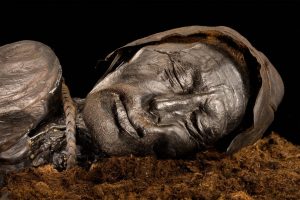
Many ancient cultures also developed mummification techniques of their own in order to preserve the bodies of the dead, and the society that used this practice quite prolifically was ancient Egypt. Not only did they mummify their pharaohs and loved ones as a funeral rite, but they even turned their deceased cats into mummies as well.
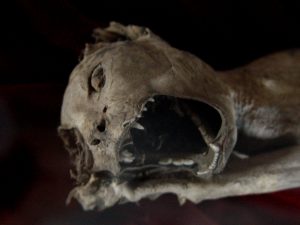
In 1922, the tomb of Pharaoh Tutankhamun–the boy king–was discovered by Howard Carter and George Herbert in the Valley of the Kings, and to their surprise, everything was found almost completely unaltered. This discovery garnered worldwide media coverage and ignited the world’s interest in learning about ancient Egyptian culture. Despite an alleged curse that would be cast upon anyone who disturbed the tomb, the remaining artifacts were stripped nonetheless. Needless to say, it wouldn’t be long before Hollywood made a movie related to the phenomenon, and make a movie they did.
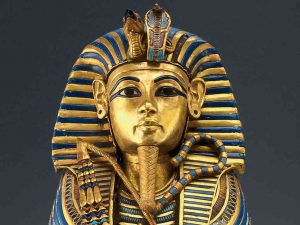
In 1932, one year after the release of Dracula and Frankenstein, Universal Studios released The Mummy starring Boris Karloff as the titular character. The plot of the film begins with the mummy of a priest named Imhotep–named after a historical mathematician and counselor to the Pharaoh Djoser–has been revived during an archeological expedition. It is discovered that Imhotep was mummified alive by Pharaoh Amenhotep III (King Tut’s grandfather) for attempting to resurrect his forbidden lover, the princess Ankh-es-en-amon–a name very similar to King Tut’s half-sister and wife, Ankhesenamun. Despite warnings to not read from the Scroll of Thoth, one of the assistants reads it aloud and unleashes the curse of the mummy. From there, Imhotep is on the prowl in Cairo under the alias of Ardath Bey in search of the reincarnation of Ankh-es-en-amon. He eventually meets a woman named Helen Grosvenor and learns that after ten years of searching, she is the one he’s been looking for. Imhotep attempts to mummify her alive in order to resurrect her as his bride, but upon recalling her past life, Helen prays to the goddess Isis to save her from Imhotep. As Isis emits a beam of light that destroys the Scroll of Thoth and causes Imhotep to dissolve.
It shouldn’t come as a surprise that the horrors of The Mummy rivaled that of Frankenstein. (Especially since both monsters were portrayed by Boris Karloff.) Like Frankenstein, Imhotep also has a grotesque appearance and is a reanimated corpse brought back to life against the forces of nature. He also has a tragic side because in spite of his misdeeds, he does them in the name of wanting to be loved.
The popularity of The Mummy grew to be so legendary that in 1999, Hollywood remade the movie starring Arnold Vosloo as Imhotep and eventually gave way to two sequels–one of which has nothing to do with Imhotep.
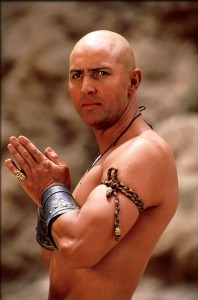
The remake begins with the same premise as the original, but it takes a different route from there, and unlike the original movie, the horror elements have been mostly toned down.
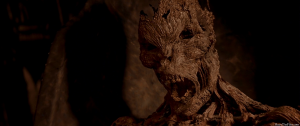
Overall, the film goes for a more action-packed and comedic tone for wider appeal. It isn’t a bad film though. It never takes itself too seriously and achieves its goal of giving the audience an entertaining show. Although the CGI isn’t as terrifying as makeup or masks, the scenes where Imhotep murders people in order to take their life essence to reconstruct his physical shell are delightfully creepy. And at its core, it’s still a story about how the power of love can transcend the power of death.
While Imhotep is the quintessential monstrous mummy, others have crept into public consciousness over time. In 1989, HBO began an anthology of comedy/horror stories based on a 1950s comic strip called Tales from the Crypt and was hosted by this guy.
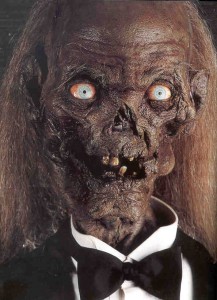
The Cryptkeeper became such a popular character that he was eventually given his own spin-off show which ran for three seasons called Tales from the Cryptkeeper. (And in case you didn’t know, it was a children’s cartoon.) Having a silly mummy character like the Cryptkeeper opened doors for other filmmakers to turn the mummy’s curse into a joke. One of my favorite examples is a movie in which an elederly Elvis Presley takes on a cowboy mummy who devours people’s souls rectally.
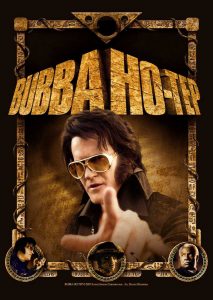
Regardless of the Mummy’s descent into being lampooned as a silly caricature of himself much like Frankenstein and Dracula–all of whom now can be found on cereal boxes, I might add–the mysticism of Imhotep’s curse is why this monster has stood the test of time. He’s a relic of a long bygone time who has been pulled back into our world by our own mistake of not allowing the dead to rest, and if we get in his way, he will unleash the fury of the Egyptian gods upon us. And all of this is done in the name of love. Romantic, isn’t it?


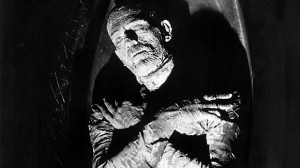

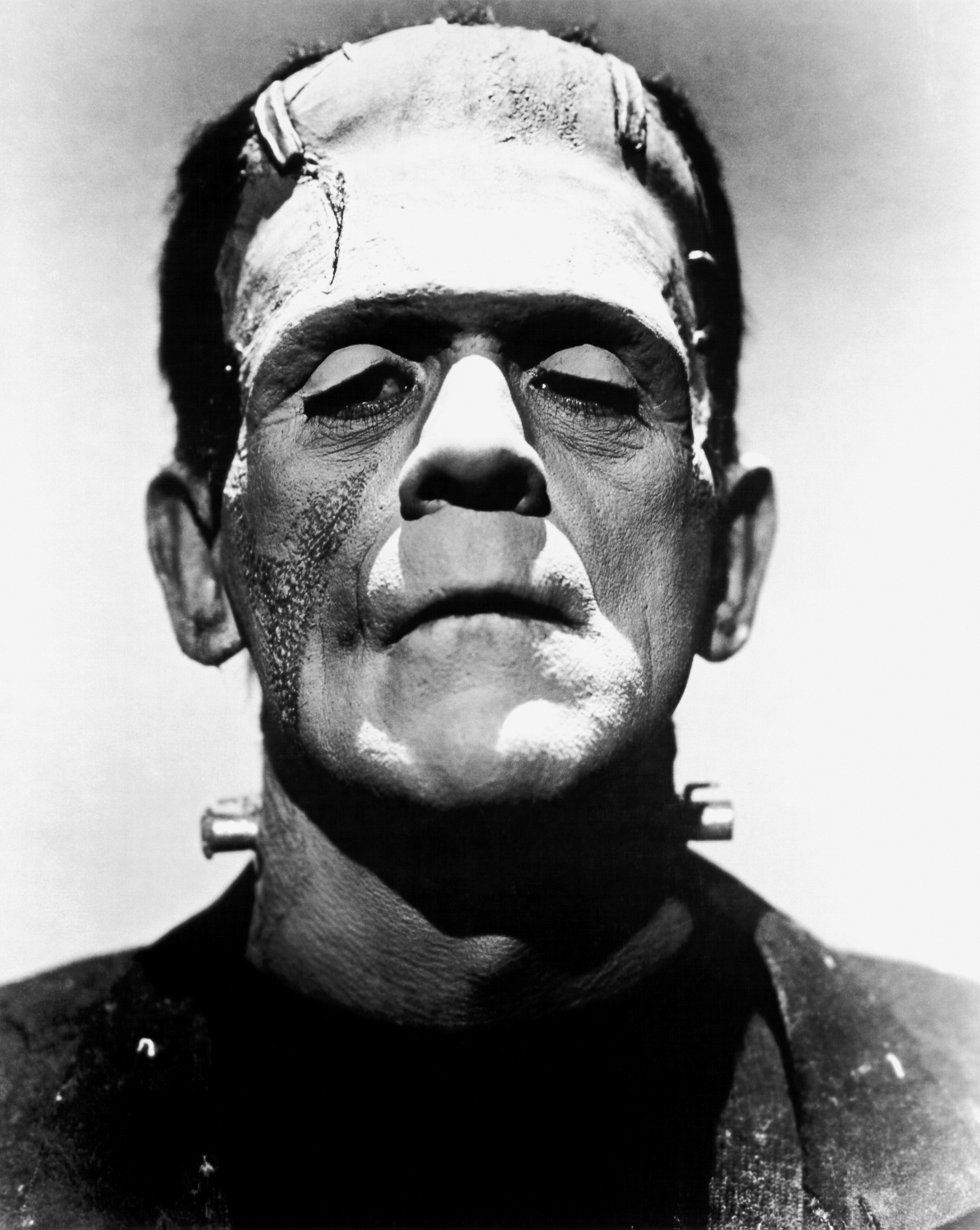
this is another “classic movie monster” that i’ve always been fascinated with, but never fully impressed by. i will admit, though, that i did enjoy the two from the late 1990s/early 2000s quite a bit, as cheesy as they are.